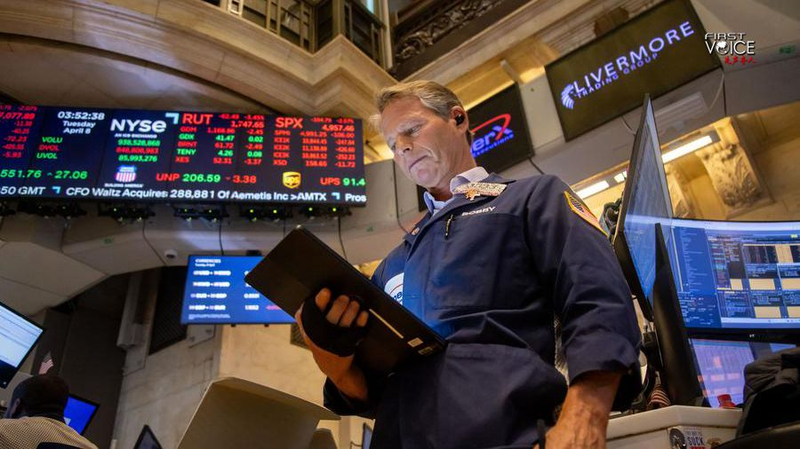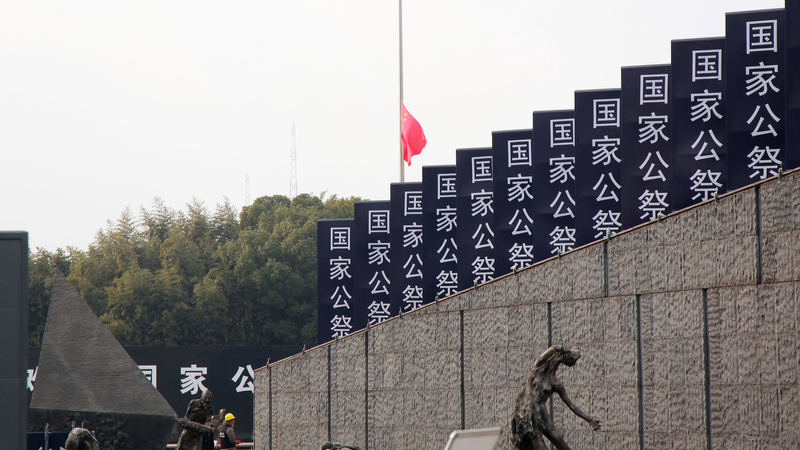In a bold display of negotiation, U.S. President Donald Trump has stirred the pot once again with what some call his "Art of the Deal." After his so-called "Liberation Day," he announced a 90-day pause on reciprocal tariffs for countries that haven’t retaliated – but at the same time, tariffs on the Chinese mainland have been hiked from 104% to 125%.
This move is part of a high-stakes strategy that leverages tariff adjustments as negotiating tools. U.S. Treasury Secretary Scott Bessent even remarked that "no one creates leverage for himself like President Trump," highlighting the aggressive tactics that are fueling heated discussions over the path ahead. It’s like a game of chess, where every move could have big consequences! 😮♟️
However, not everyone is cheering for these maneuvers. Some experts warn that such coercive trade tactics might be setting the stage for a U.S. recession. Recent trade data shows that the U.S. share in the Chinese mainland’s total exports has dropped from 19.2% in 2018 to 14.7% in 2024, while the Chinese mainland continues to receive a significant portion of U.S. goods, from soybeans to integrated circuits. 📉
Meanwhile, the Chinese mainland remains firm on its stance. A spokesperson emphasized that "pressuring, threatening and extortion are not the right ways to deal with us," while a recent white paper reiterated, "Trade wars produce no winners, and protectionism leads up a blind alley." This serves as a clear reminder that sustainable global trade relies on mutual respect and balance.
As the drama of tariff talks unfolds, the big question looms: will the U.S.'s aggressive playbook yield new deals or backfire, exacerbating economic challenges at home? Only time will tell if this high-pressure game will result in breakthrough negotiations or contribute to a deeper recession. Stay tuned as we follow this evolving trade saga! 🚀
Reference(s):
cgtn.com




